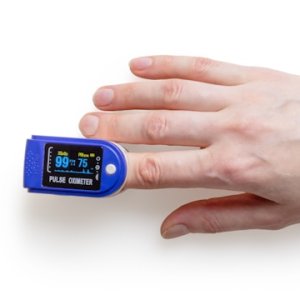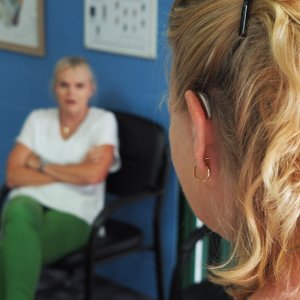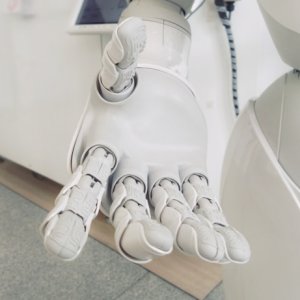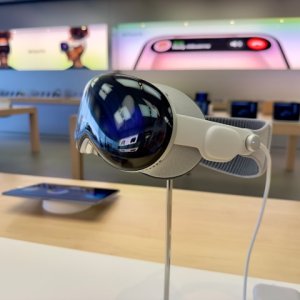Custom-Made Digital Hearing Aids for All Ages

STORY INLINE POST
Q: Why are Starkey Hearing Technology (Starkey) products the best in the market?
A: Hearing loss is a subject that has not yet attracted enough attention but it affects from newborns to seniors . This is a progressive issue that comes with many negative social consequences, such as isolation, which sometimes ends in depression and this increases the risk to develop other chronic diseases, like cognitive decline and Alzheimer. Around 15 percent of the population that needs a hearing aid avoids it because of looks, comfort and lack of personalized functions.
At Starkey, we use audiograms to determine the hearing frequencies that have been lost as we are aware that not all hearing losses are the same. It is not just a matter of amplifying volume, because this sometimes can be counterproductive. The company has successfully created products that eliminate discomforts such as tinnitus. Our products are also programmed to hear specific voices better and to provide a cleaner sound in crowded spaces. Moreover, devices also include omni-directional microphones, which are especially useful for work activities.
Personalized hearing options provide the opportunity for a better quality of life because hearing is no longer a limitation. Additionally, Starkey has been able to develop a motion-sensor solution that includes an alarm in case a patient falls. The alarm will alert three predetermined contacts to the situation. This is especially useful for older people or people with a disease. Our hearing devices also have a step count and movement-related functions, which also generate indicators that allow the provision of advice on quality of life improvements.
Q: How does Starkey adapt its products to new market trends and innovative devices, such as iPhones or wearables?
A: Our devices include software that allows them to be programed remotely by the audiologist. They can also be synchronized with the person’s mobile device to adjust some settings. Migration to digitalized devices can allow people to have more control over their overall hearing, which is a big plus for patients.
Our most recent device is called Livio Edge A and it offers 24 channels that can be set. Hearing involves a wide range of frequencies, which is why our hearing aids have the capacity of 24 different ranges of frequencies, which allows us to customize the quality of listening to the specific needs of the patient.
I hope that by the end of 2020 the product will be available in the market.
At Starkey, we understand how the ear works. Ventilation is different for everyone so it is necessary to customize each product. Also, there are neurological issues that hearing technology will not fix. These two things are key in the development process of our technology and products. When developing customized products, a mold of the ear is taken and digitalized to develop a perfectly fitted product.
In Mexico, our production facility is in Matamoros. Our patents are shared with top technological companies in other areas of the market, but our segment is specialized in hearing loss technology.
Q: How does Starkey cover the hearing needs of children?
A: The equipment and technology are exactly the same but we adapt the digital control depending on the age of the patient. Children are still developing, meaning that the equipment has to develop at the same pace. Hearing can affect their intellectual and learning capabilities so it is very important to cope with that.
Rather than adapting to age, we adapt to the patient’s needs. Customized products and digital control shift a great deal depending on the person. One person might want many setting options but another will just find them confusing. Also, lifestyles are different, so the goal is to adapt to each person and avoid generating anxiety about their hearing aid products. It is important to deliver customized and accessible solutions because that guarantees the effectiveness and quality of the products. Thankfully, taboos related to hearing aid products are disappearing. Today, we are able to design colorful products, invisible products and materials that can easily adapt to patients’ needs. The purpose of Starkey is to improve quality of life for people.
Q: What reception have these products received in Mexico?
A: Latin America represents 10 percent of our global sales and Mexico accounts for half of that number. Our products have had a very good local reception.
In Mexico, we generally work with audiologists and hearing clinics, but we have also been close with the government and public institutions. Most of our work here is to raise awareness on hearing health and prevention, the need to visit an audiologist and taking the time to take care of ourselves. Inspired by Bill Austin’s vision, the Owner and CEO of Starkey, this company also does a lot of social work in Mexico through its Social Responsibility Program. We participate in government tenders but the technology that administrations require is not specialized. However, there are many state governments that gift hearing aid products and we collaborate with those to promote access to our technologies.
Additionally, Starkey has a production plant in the country and a development center in Mexico City that helps with the manufacturing of costume hearing aids and repairs. Our biggest challenge has been issues with unions in Matamoros, which can sometimes affect daily production at industrial plants. This could scare off investors that should be attracted thanks to USMCA and especially now that COVID-19 has disrupted global chains. Mexico should take advantage of this situation and promote the country’s productivity, which would boost employment and attract more foreign investment.
Starkey Hearing Technologies is a global hearing technology company that designs, develops and distributes comprehensive digital hearing systems. It develops products using an evidence-based design approach, testing new technology and algorithms before a hearing aid is fit on a patient








 By Miriam Bello | Senior Journalist and Industry Analyst -
Fri, 11/27/2020 - 16:10
By Miriam Bello | Senior Journalist and Industry Analyst -
Fri, 11/27/2020 - 16:10















